Melanin-based batteries could lead to safer ingestible medical devices

Batteries made from non-toxic melanin pigments have been developed by researchers at Carnegie Mellon University (CMU), with the hope that they can be used to power ingestible medical devices in a safer and more sustainable way. The research, led by Christopher Bettinger, who directs a polymeric biomaterials laboratory at CMU, was presented at the American Chemical Society’s meeting in Philadelphia, Pennsylvania.
Beyond protecting skin from damage by UV light, melanins are also responsible for scavenging free radicals. They are also found in the mid-brain of humans, where they grab onto, or chelate, toxic metals.
‘We thought, if they have this kind of electron exchange capability and this kind of cation chelation capability, then that really is what a battery material is in its essence,’ Bettinger said at a press conference. ‘We have really leveraged those existing properties in a different context and made this new invention.’
The team found that melanin batteries could power a 5mW device for up to 18 hours using 600mg of melanin as the cathode. Bettinger said that they can provide up to 10mW, which should be enough to run any existing medical device. ‘Most other kinds of energy harvesting techniques or glucose oxidase fuel cells are going to be microwatts of power, so we are three orders of magnitude higher than those kinds of energy sources,’ he said.
The fact that melanin-based batteries don’t last long – only about 10 to 20 hours – doesn’t appear to be a problem. The lifetime of an ingestible device is roughly the same, as food will pass through the digestive tract in about 10 to 20 hours.
Scalable and sustainable
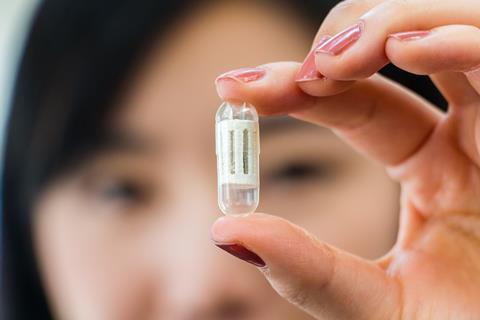
Melanins can be found in human skin, hair and eyes, but Bettinger’s lab sources them from the ink sacks of cuttlefish. ‘We are not going to … have cuttlefish farms anytime soon, and so in place of that we have a synthetic method that we can use to build up these materials to have actually even better performance than natural melanins, but in a cost-effective, scalable, sustainable way,’ Bettinger tells Chemistry World.
Normally, off-the-shelf batteries are used to power ingestible devices, but they are composed of toxic materials that can pose a risk to patients. Bettinger emphasises that his melanin-based batteries have significant advantages over existing ones because the potentially harmful components of the battery have been replaced with benign materials.
The next step for the CMU team to bring its technology to market is to identify industry partners. The first obvious candidates are pharmaceutical companies interested in delivering high value small molecules. One example could be a ‘smart pill’ that can be taken every day to, for example, deliver a certain drug to a specific location in the GI tract to maximise absorption of that small molecule.
‘Those are logical next steps, and we are definitely looking for partnerships to advance this technology in that context,’ Bettinger said. However, there are scaling issues that need to be overcome. Going from the current lab scale to a fully functioning device will require some work.
‘There are a lot of questions about transport of ions in these melanins that we have to ask and answer along the way,’ Bettinger acknowledged. ‘It is really about scaling this … to something that is larger and potentially useful for powering a device,’ he added. ‘We think we can do this.’





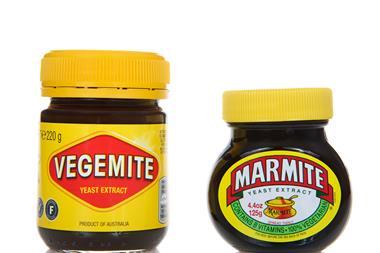
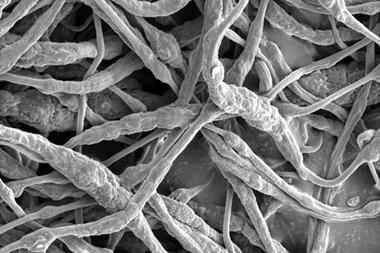
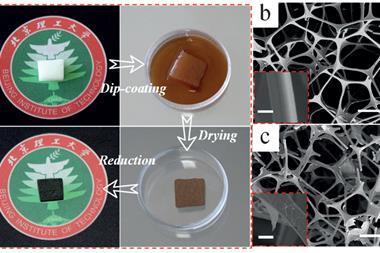
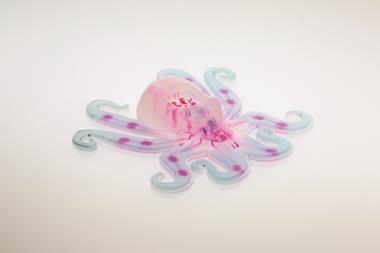
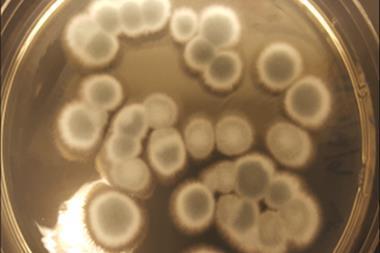
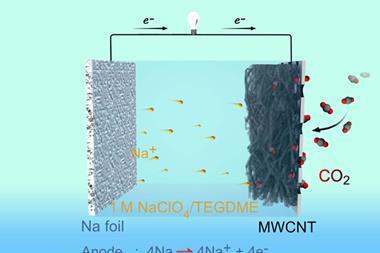






No comments yet